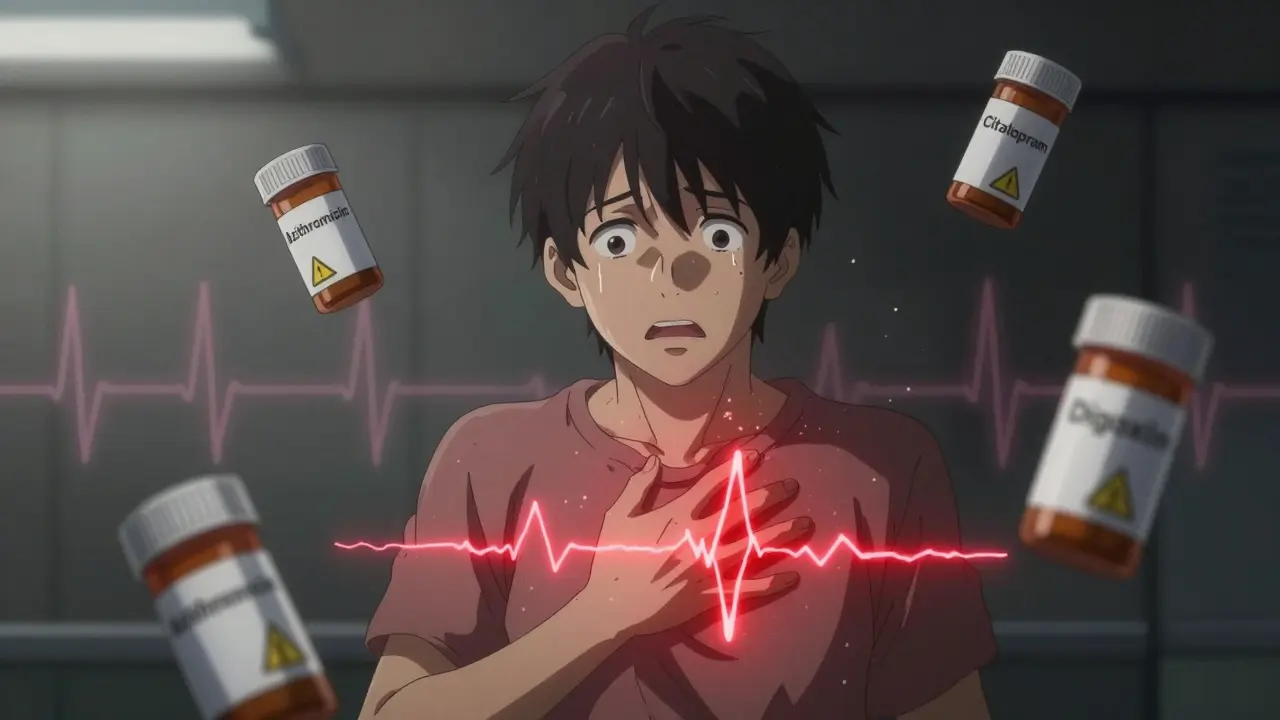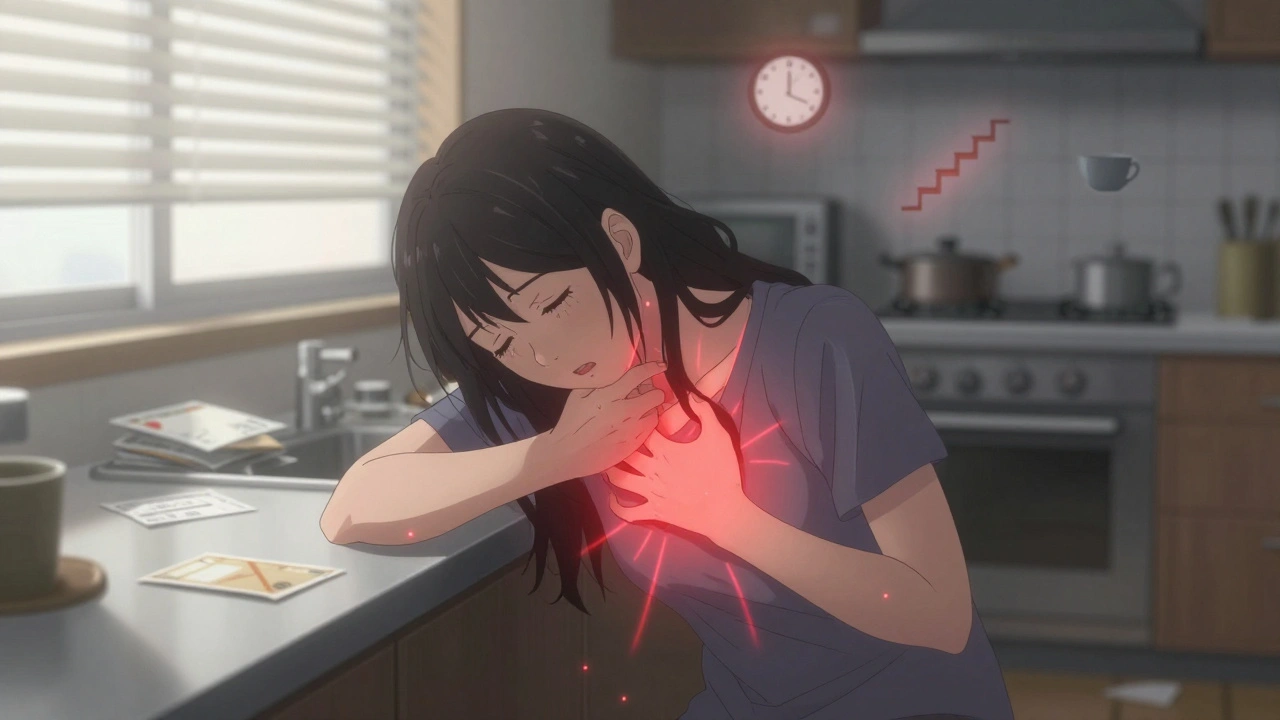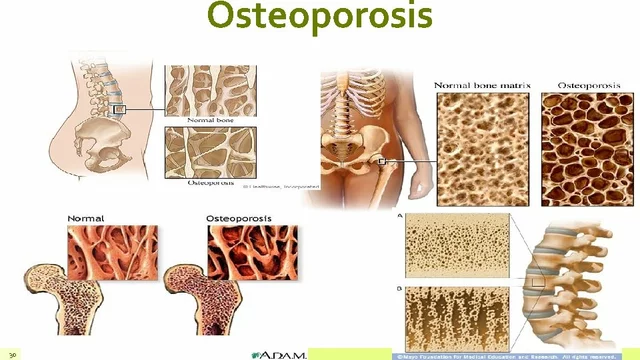Heart Health: Protect Your Heart by Spotting Problems Early
Heart issues often start quietly. Left ventricular dysfunction can sneak up without dramatic symptoms, yet catching it early changes outcomes. Here you’ll find clear, practical steps to notice warning signs, understand common tests, and take actions that really help.
How to spot trouble early
Pay attention to how you feel day-to-day. Shortness of breath during mild activity, unexplained tiredness, waking at night gasping for air, or swelling in your ankles are red flags. Bring these up with your doctor—don’t wait. If you already have high blood pressure, diabetes, coronary artery disease, or a family history of heart problems, be extra alert.
Doctors use simple tests to check the heart. An ECG (electrocardiogram) shows rhythm and past damage. An echocardiogram (ultrasound of the heart) measures how well the left ventricle pumps. Blood tests like BNP or NT-proBNP can signal heart strain. Sometimes your doctor will order a stress test or cardiac MRI for a clearer look. Early detection often comes from combining symptoms, exam, and one of these tests.
Practical steps you can take today
Small changes add up. Control blood pressure and blood sugar—those two are major drivers of ventricular damage. Cut down on salt, limit alcohol, and stop smoking. Aim for 30 minutes of moderate activity most days, unless your doctor says otherwise. Keep a healthy weight and follow a heart-friendly eating plan: vegetables, whole grains, lean protein, and less processed food.
If left ventricular dysfunction is found, treatments work. Medications such as ACE inhibitors, ARBs, beta blockers, and diuretics reduce symptoms and slow damage. Your doctor might recommend devices or procedures in some cases. Treatment choices depend on the cause and severity, so follow your care plan and ask questions about side effects and goals of therapy.
Track symptoms and meds. Use a notebook or an app to note breathlessness, swelling, weight changes, and how easily you get tired. Bring that record to appointments. That simple habit helps your team adjust treatment earlier and avoid hospital visits.
Want a deeper read? Our article "The Importance of Early Detection and Treatment of Left Ventricular Dysfunction" explains why catching this early can prevent heart failure and improve quality of life. It covers typical signs, tests, and treatment paths in plain language.
Make check-ups routine. Regular visits catch subtle changes before they become emergencies. If something feels off, call your healthcare provider—early action makes a real difference for your heart.
Medications can trigger dangerous heart rhythm problems. Learn the warning signs, which drugs are most risky, and how to prevent or manage medication-induced arrhythmias before it's too late.
Read more
Heart disease is the top killer of women, yet symptoms often go unnoticed. Learn the unique signs women experience - like fatigue and jaw pain - and how to manage risk before it's too late.
Read more
Learn how gastroenteritis can affect your heart, the warning signs to watch for, and practical steps to stay safe and recover quickly.
Read more
Explore the scientific link between chronic hepatitis B and heart disease, covering inflammation, risk factors, antiviral treatment benefits, and practical steps for patients.
Read more
As a blogger, I can't stress enough the importance of early detection and treatment of left ventricular dysfunction. This condition can lead to heart failure if left untreated, so it's crucial to catch it early. By identifying the issue in its initial stages, we can improve the quality of life for patients and even save lives. Regular check-ups and paying attention to symptoms like shortness of breath and fatigue are essential. Remember, early intervention is key to managing this condition effectively!
Read more









